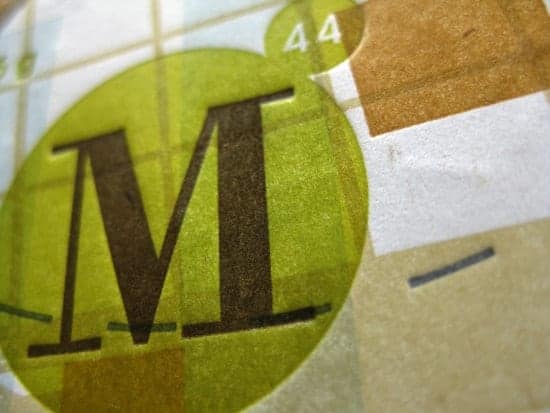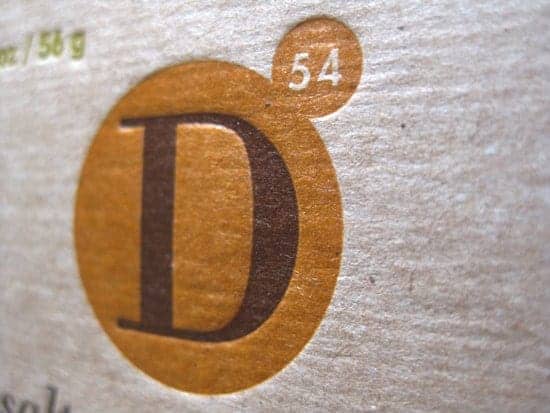Francis Ford Coppola said, “Art is partly being available to accidents that fall into your lap.” I agree. I have experienced some of these seemingly lucky accidents while printing, through something called make-readies.
Make-ready sheets are something that are most likely as old as printing itself. When setting up a press and adjusting details like ink levels and paper alignment, it is wasteful to use precious blank paper. As a practical measure, printed sheets that have been used to set up previous print jobs are used for this part of the process, again and again. These are called make-readies.
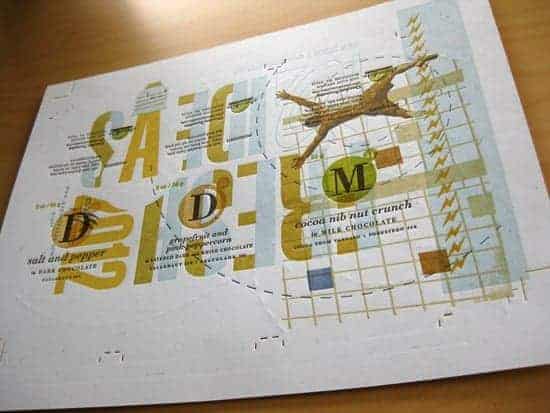
This overlap of inks and shapes can often create printed sheets that are quite beautiful. If you’re lucky, a few are worth pulling and hanging up on your inspiration board. If you’re really lucky, the overprinted inks, shapes and impressions solve a design problem or spark a creative idea for a new project.
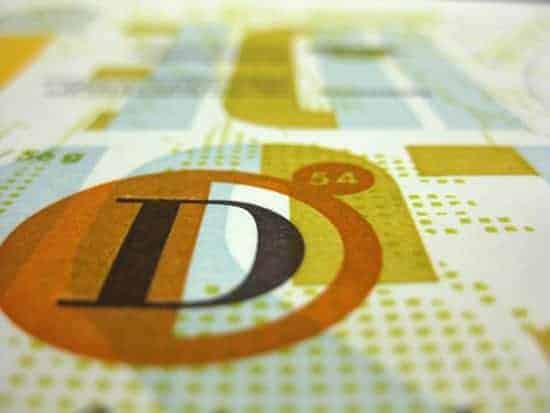
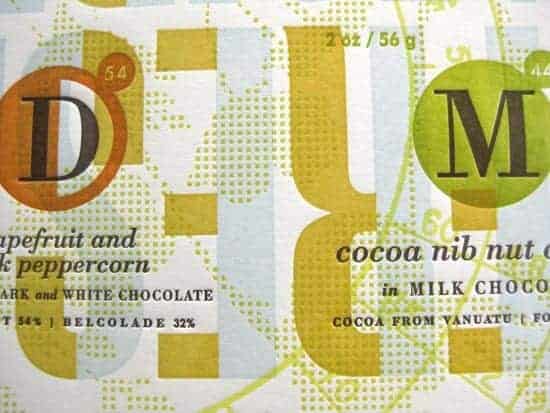
The world of make-readies is not made up entirely of accidents, however. This part of the printing process is a great chance to experiment with paper and ink combinations. Want to know what light blue looks like on a burnt orange paper stock? What it looks like overlapping a green ink? Ending a print run and having a chance to use the plates and ink that are on the press at the moment is a great time to experiment with other projects in mind.
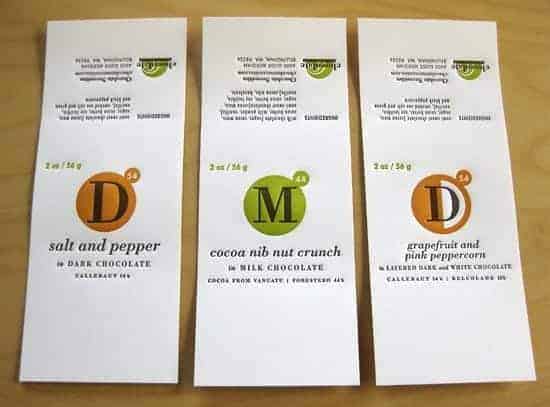
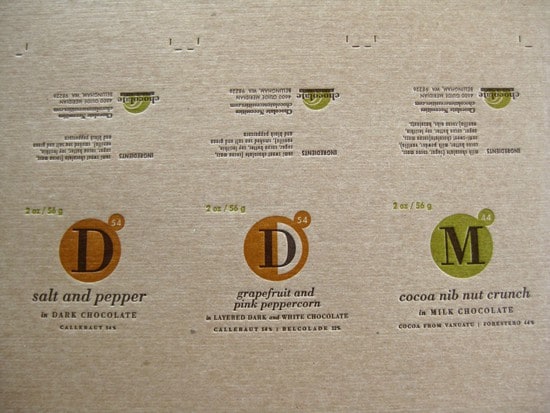
Make-readies are really about the experience of printing and strange harmonies that emerge when you put two unrelated things on top another. As a printer, they give me the opportunity to try out some unusual combinations of colors and impressions and I feel more confident about taking on unusual jobs. I’m also struck by how paper interacts with design. Again and again.
Paradoxically, I save the creative make-ready aspects of the project for the end of a print run – the desert of sorts. What traditional printers would initially do and throw away is now considered the heart of a print project. Happy accidents, indeed.
